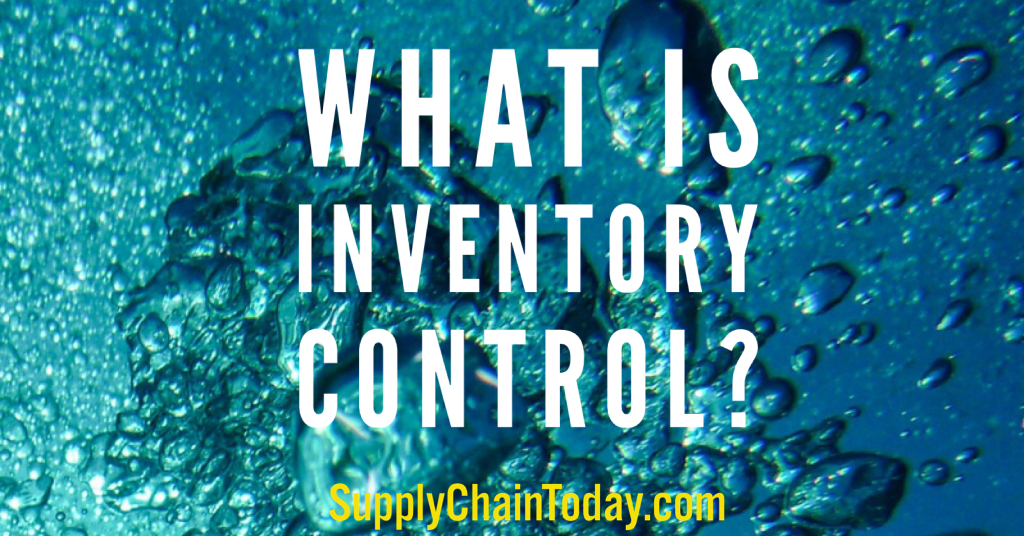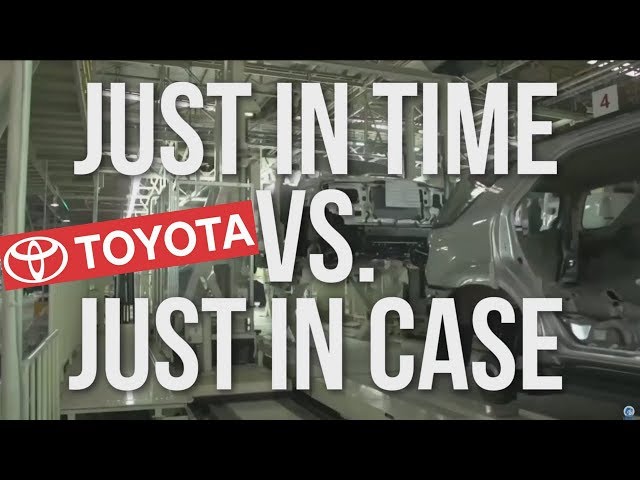What is Inventory Control?
Inventory control refers to the process of managing and controlling the levels of inventory within an organization. This involves determining how much of each product or raw material to keep in stock, as well as when to order or produce more.
There are several key elements to inventory control, including:
- Setting inventory levels: This involves determining how much of each product or raw material to keep in stock, taking into account factors such as the lead time for reordering, the rate of consumption, and the level of customer demand.
- Forecasting demand: Inventory control involves analyzing market trends and customer demand to predict how much of each product or raw material will be needed in the future.
- Developing a reorder point: A reorder point is the level of inventory at which it is necessary to order more in order to avoid running out. Inventory control involves determining the reorder point for each product or raw material based on factors such as the lead time for reordering and the rate of consumption.
- Managing inventory levels: Inventory control involves continuously monitoring inventory levels and adjusting the reorder point as needed in response to changes in demand or other factors.
Overall, inventory control is an important aspect of operations management, as it helps to ensure that a business has enough inventory on hand to meet customer demand without tying up too much capital in excess inventory.
Pros and Cons of Inventory Control.
Some potential pros of inventory control include:
- Improved efficiency: By carefully managing inventory levels, it is possible to reduce the amount of excess inventory that is tied up, which can free up capital and reduce storage and handling costs.
- Improved customer service: By ensuring that there is enough inventory on hand to meet customer demand, inventory control can help to improve customer satisfaction and loyalty.
- Increased responsiveness to changes in demand: By continuously monitoring and adjusting inventory levels, it is possible to respond quickly to changes in customer demand or market conditions, which can help to maintain a competitive edge.
- Improved cash flow: By minimizing excess inventory, inventory control can help to improve cash flow by freeing up capital that would otherwise be tied up in inventory.
Some potential cons of inventory control include:
- Increased risk of stockouts: If inventory levels are too low, there is a risk of running out of stock, which can lead to lost sales and customer dissatisfaction.
- Increased risk of excess inventory: If inventory levels are too high, it can tie up capital and increase storage and handling costs, which can impact the overall profitability of the business.
- Increased complexity: Inventory control can involve a large amount of data and a wide range of variables, which can make it challenging to develop and maintain an accurate plan.
- Limited flexibility: An inflexible inventory control plan may not be able to adapt to unexpected changes or opportunities, which could limit the business’s ability to respond to new developments.
Cost Savings: Inventory Control
There are several ways that careful inventory control can help a company to save money:
- Reduced costs: By minimizing the amount of inventory on hand, a company can reduce the costs associated with storing, handling, and insuring inventory.
- Improved cash flow: By reducing inventory levels, a company can free up cash that was tied up in inventory, which can be used for other purposes or invested in the business.
- Reduced risk of inventory obsolescence: By carefully managing inventory levels and turnover, a company can reduce the risk of having outdated or unsellable inventory, which can save money on write-offs or discounts.
- Enhanced customer satisfaction: By having the right products available when customers need them, inventory control can help to enhance customer satisfaction and loyalty.
- Increased revenue: By optimizing inventory levels, a company may be able to increase its production or service levels, which can lead to increased revenue and profits.
Inventory Control Methods
Further Learning on Inventory Control
Inventory control is the process of managing the flow of goods and materials into, within, and out of a business. It involves tracking inventory levels, forecasting demand, ordering goods, and ensuring that the right amount of inventory is available at the right time.
There are many different methods of inventory control, each with its own advantages and disadvantages. Some of the most common methods include:
- Just-in-time (JIT) inventory: This method aims to have the right amount of inventory on hand at the right time, so that there is no excess inventory. This can help to reduce costs, but it can also be more risky if there are unexpected changes in demand.
- Economic order quantity (EOQ): This method calculates the optimal order quantity for a product, based on the product’s cost, demand, and holding costs. This can help to reduce ordering costs and inventory carrying costs.
- Periodic inventory system: This system involves counting the inventory at regular intervals, such as once a month. This can be less accurate than a perpetual inventory system, but it is also less expensive to implement.
- Perpetual inventory system: This system tracks inventory levels in real time, as items are bought and sold. This can be more accurate than a periodic inventory system, but it can also be more expensive to implement.
- ABC analysis: This method classifies inventory items into three groups based on their importance: A items are the most important, B items are less important, and C items are the least important. This can help businesses to focus their inventory control efforts on the most important items.
- FIFO (first-in, first-out): This method assumes that the first items that are put into inventory are the first items that are sold. This can help to ensure that the oldest inventory is sold first, which can be important for products with expiration dates.
- LIFO (last-in, first-out): This method assumes that the last items that are put into inventory are the first items that are sold. This can help to reduce taxes in some cases, but it can also lead to higher inventory carrying costs.
The best inventory control method for a business will depend on a number of factors, such as the type of products sold, the demand for those products, and the business’s financial resources.
Here are some additional tips for effective inventory control:
- Set clear goals for inventory management. What are you trying to achieve with your inventory control system? Do you want to reduce costs, improve customer service, or increase profits?
- Track your inventory levels closely. This will help you to identify potential problems early on, such as stockouts or overstocks.
- Forecast demand accurately. This will help you to determine how much inventory you need to have on hand.
- Use inventory management software. This can help you to automate many of the tasks involved in inventory control, such as tracking inventory levels and ordering goods.
- Work with your suppliers closely. This will help you to ensure that you have a reliable supply of goods and that you are getting the best possible prices.
Inventory Resources
- ABC Analysis in Inventory Management.
- Supply Chain Postponement Strategy.
- What is Inventory Control?
- What Is Inventory Management?
What is Just in Time (JIT): Smartest Production System in The World
How to Eliminate Cost in the Supply Chain.
What is Demand Forecasting.
Train by Primary SCM Process
End To End Supply Chain Management Process
- Plan it: What is Supply Chain Planning and Strategy?
- Buy it: What is Supplier Management and Procurement?
- Store it: What is Distribution, Warehouse and Inventory Management?
- Make it: What is Manufacturing?
- Ship it: What is Transportation, Logistics and Shipping?
- Return it: What is Return and Reverse Logistics?



